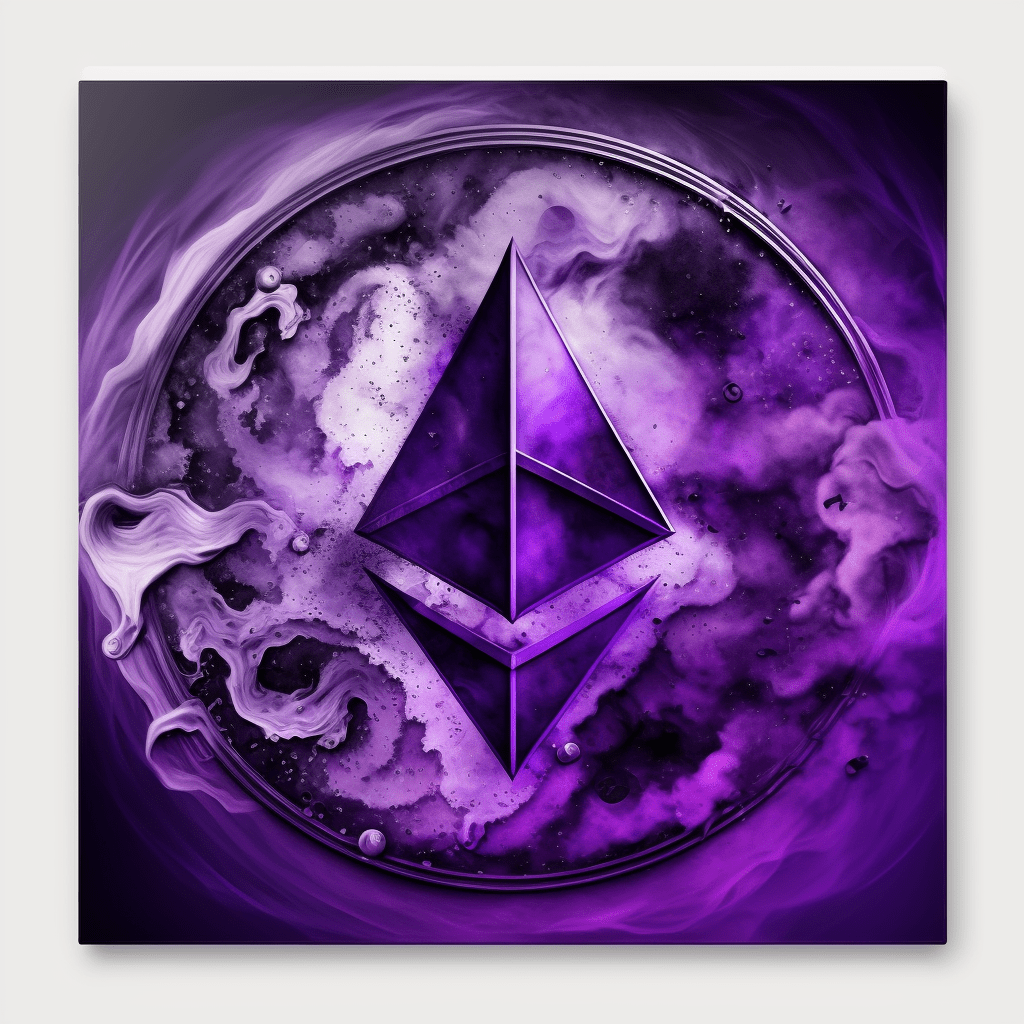Embarking on the journey of creating and selling your first NFT can be both exciting and overwhelming. NFT generator pads have emerged as powerful tools that simplify the process, allowing you to focus on your creativity. In this step-by-step guide, we’ll walk you through the process of using an NFT generator pad to create and sell your first NFT.

Step 1: Choose the right NFT generator pad
Your first step is to select an NFT generator pad that meets your needs and preferences. Some popular options include:
- Launchpad: A complete toolbox with everything you need to launch your NFT project!
- Rarible: A user-friendly platform that supports the creation of single or multiple NFTs.
- OpenSea: A versatile marketplace that allows for easy creation and sale of NFTs.
- Mintable: A platform that enables users to create, mint, and sell NFTs without upfront costs.
Consider factors such as the platform’s popularity, fees, and ease of use before making your decision.
Step 2: Set up your wallet and connect it to the platform
To use an NFT generator pad, you’ll need a digital wallet compatible with the platform. Some popular options include MetaMask, Trust Wallet, and Coinbase Wallet. Download and install the wallet of your choice, then create an account and store your wallet’s seed phrase in a safe location.
Once your wallet is set up, connect it to the NFT generator pad platform by following the platform’s instructions. This may involve signing a transaction to confirm your identity.
Step 3: Prepare your digital art or collectible
Before creating your NFT, you’ll need to have your digital art or collectible ready. Ensure your artwork is in a compatible file format, such as PNG, JPEG, or GIF for images, or MP4, WebM, or Ogg for videos. Additionally, make sure your file size is within the platform’s limits.
Step 4: Mint your NFT
Once your digital art is ready, navigate to the NFT generator pad’s minting section. Upload your file and enter relevant information, such as the title, description, and any additional attributes that might make your NFT more appealing to buyers. You can also set the number of copies or editions you wish to create.
Depending on the platform, you may need to pay a gas fee (a transaction fee paid in cryptocurrency) to mint your NFT. Follow the platform’s instructions to complete the minting process.
Step 5: Set a price for your NFT

After minting your NFT, it’s time to decide on its pricing. You can choose between a fixed price or an auction-style listing. Research the market and evaluate similar NFTs to get a sense of an appropriate price range for your creation.
Step 6: List your NFT for sale
With your NFT minted and priced, you can now list it for sale on the platform’s marketplace. Follow the platform’s instructions to create a listing, which may involve signing another transaction with your wallet. Be sure to promote your NFT on social media or other channels to generate interest and attract potential buyers.
Step 7: Monitor your NFT’s performance
After listing your NFT, keep an eye on its performance and the overall market. You may need to adjust your pricing strategy or marketing efforts to maximize your chances of selling your NFT. Engage with potential buyers and the wider NFT community to gain insights and build relationships.
Step 8: Complete the sale and transfer the NFT
Once you’ve found a buyer, the platform will facilitate the transaction, transferring the NFT to the buyer’s wallet and depositing the payment into your wallet. Be sure to familiarize yourself with the platform’s fees and any taxes applicable to your NFT sale.
Step 9: Keep track of your NFT sales and network
Maintaining a record of your NFT sales and networking with other artists and collectors can open up new opportunities and help you grow as an NFT creator. Engage with the community on social media, attend virtual events, and consider collaborating with other artists to expand your reach and create unique NFTs.
Step 10: Continue exploring the NFT space
As you gain experience in the NFT market, continue learning about new developments and trends. The NFT landscape is constantly evolving, and staying up-to-date with the latest tools and platforms can help you remain competitive and successful in the long run.
Embarking on your NFT journey

With this step-by-step guide in hand, you’re now equipped to use an NFT generator pad to create and sell your first NFT. Remember to choose the right platform, connect your wallet, and research the market to ensure your NFT is priced competitively. As you gain experience, continue to explore the NFT space and engage with the community to maximize your creativity and success.
